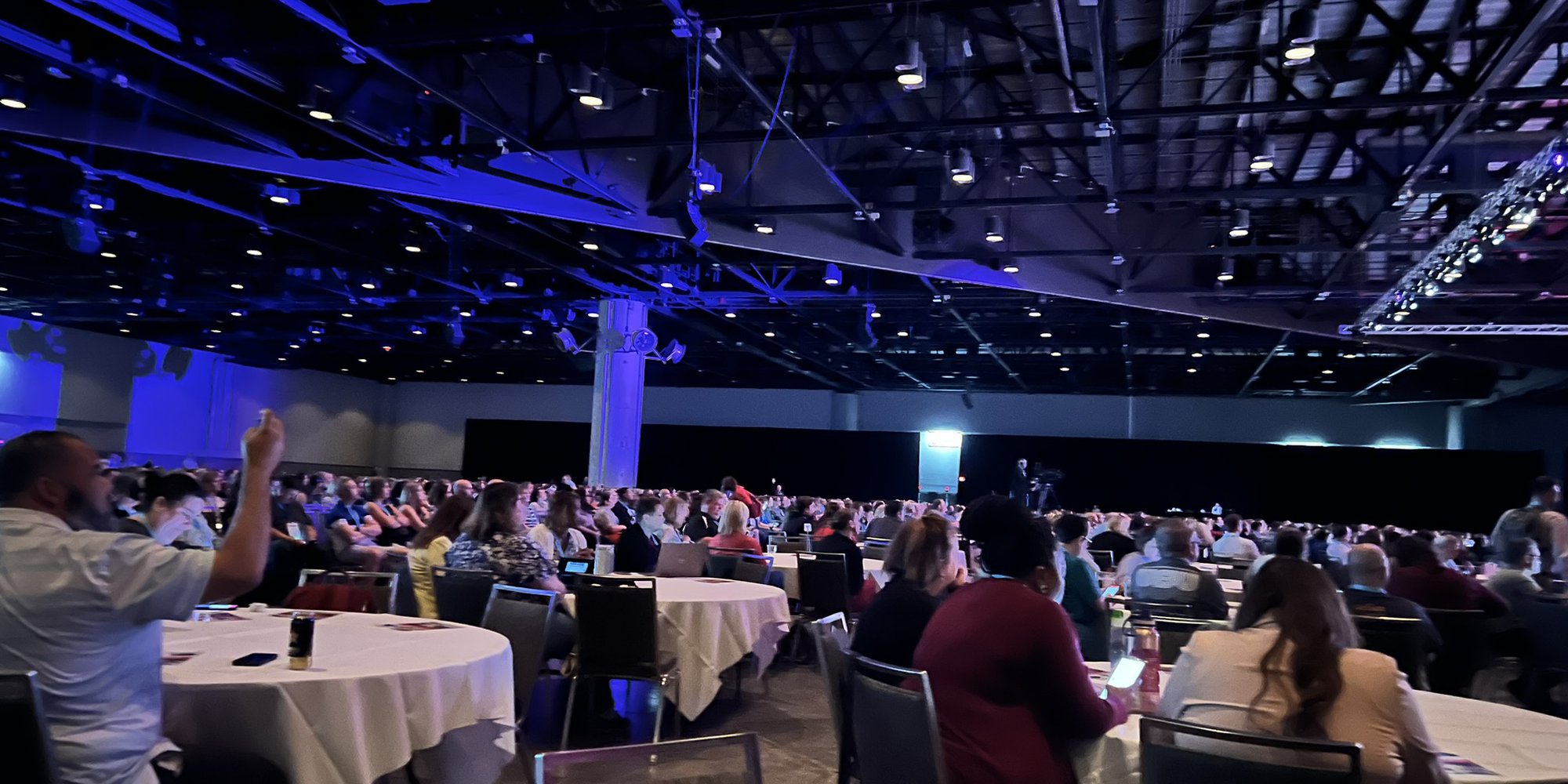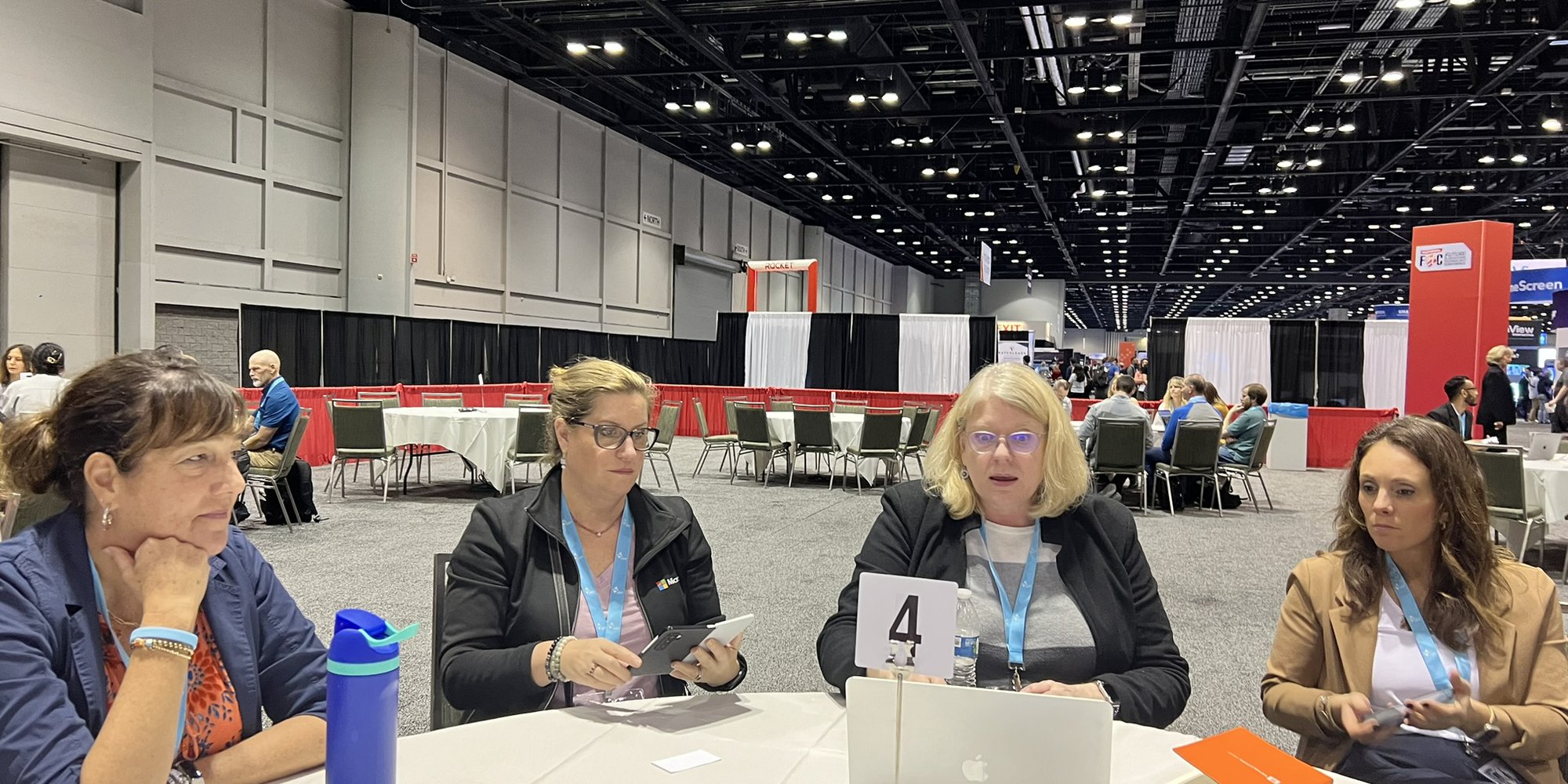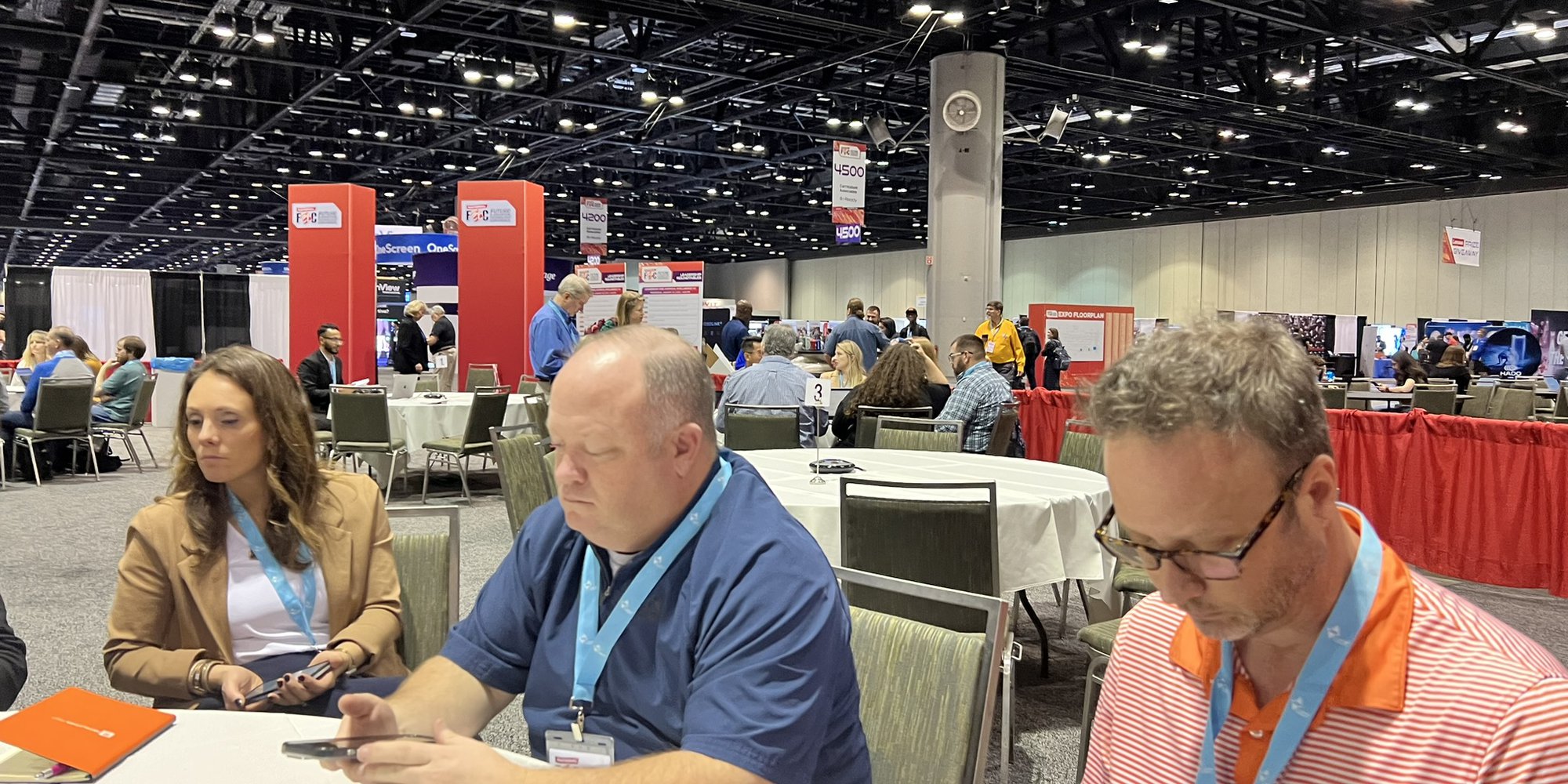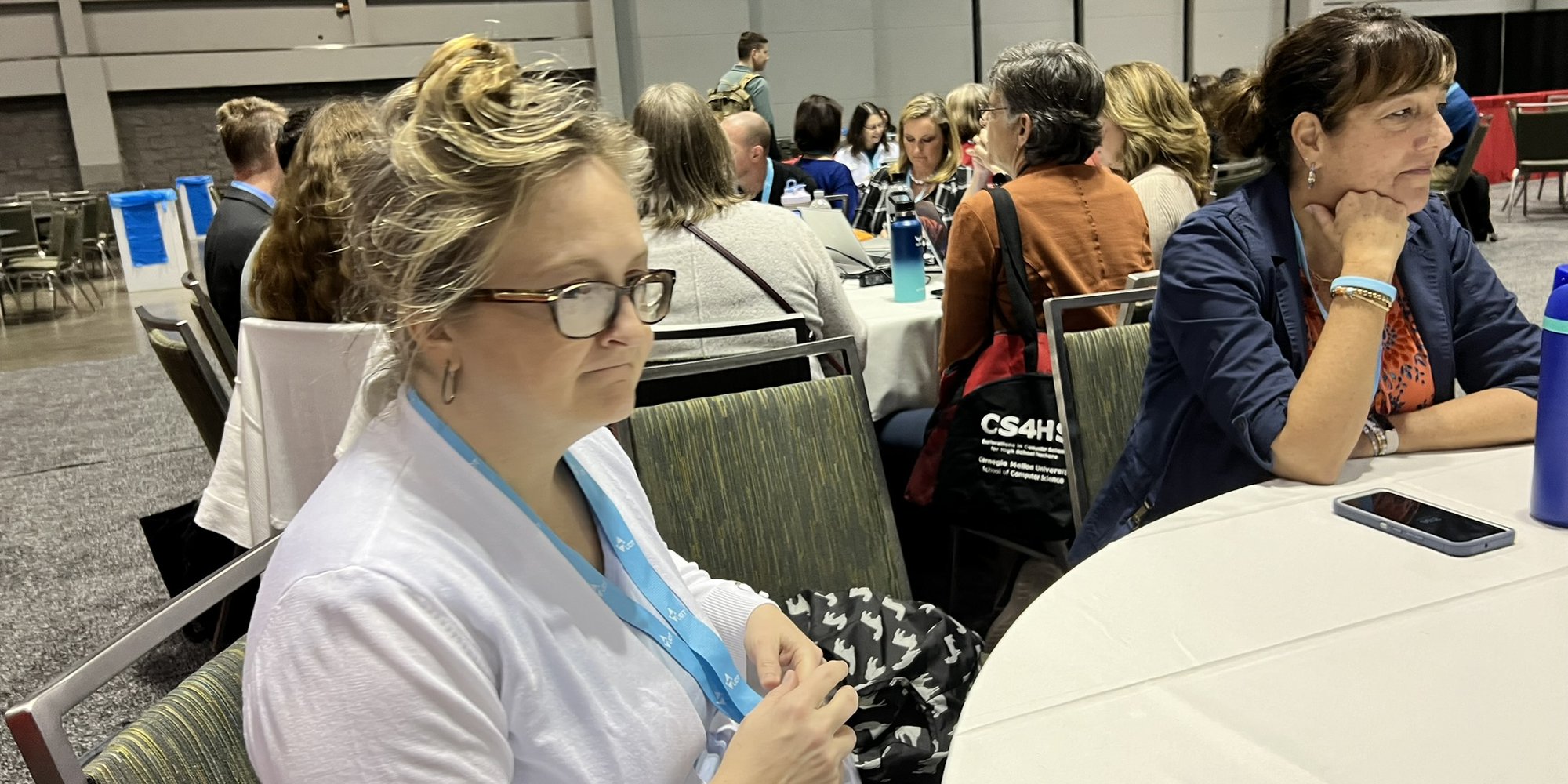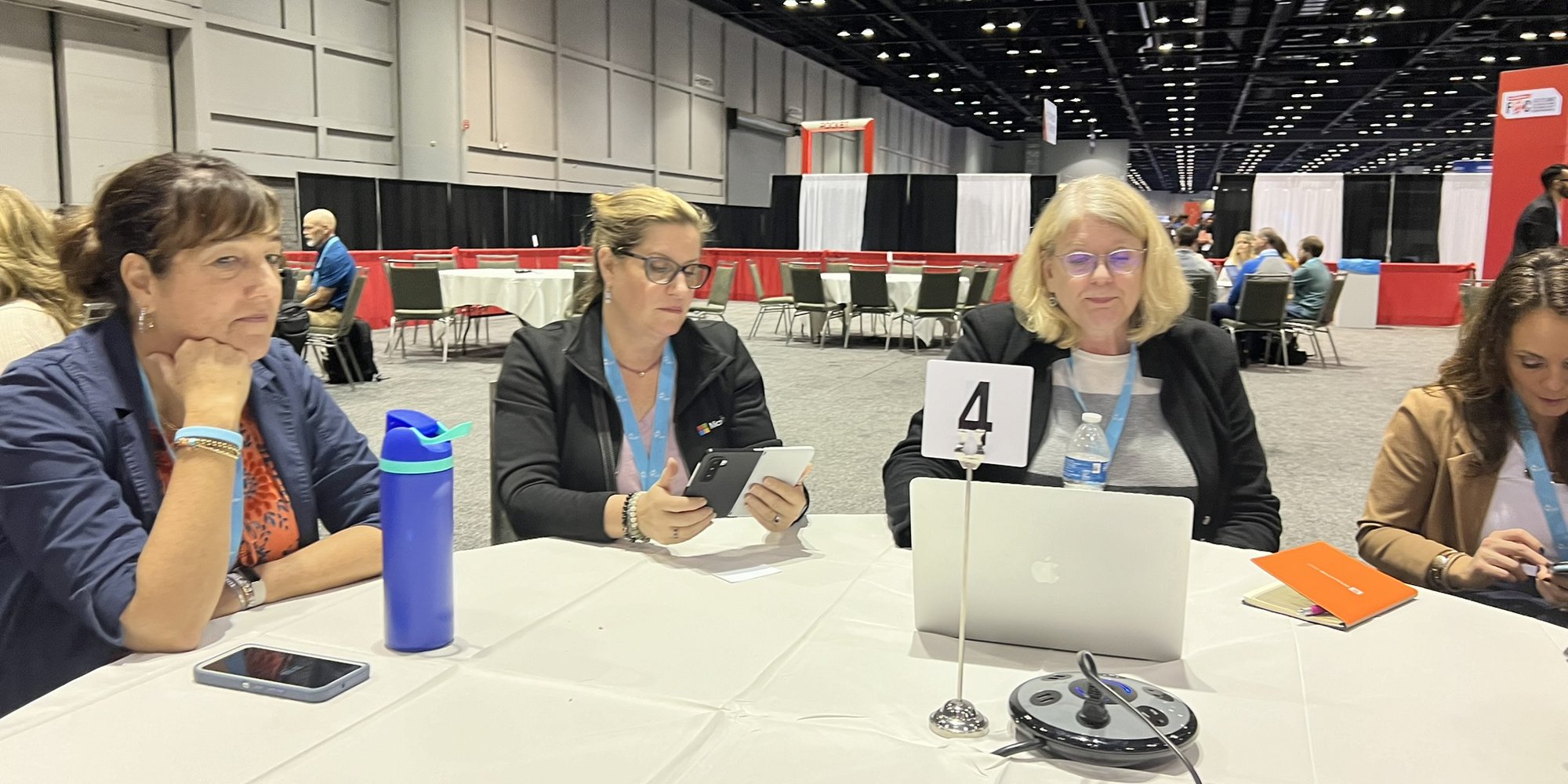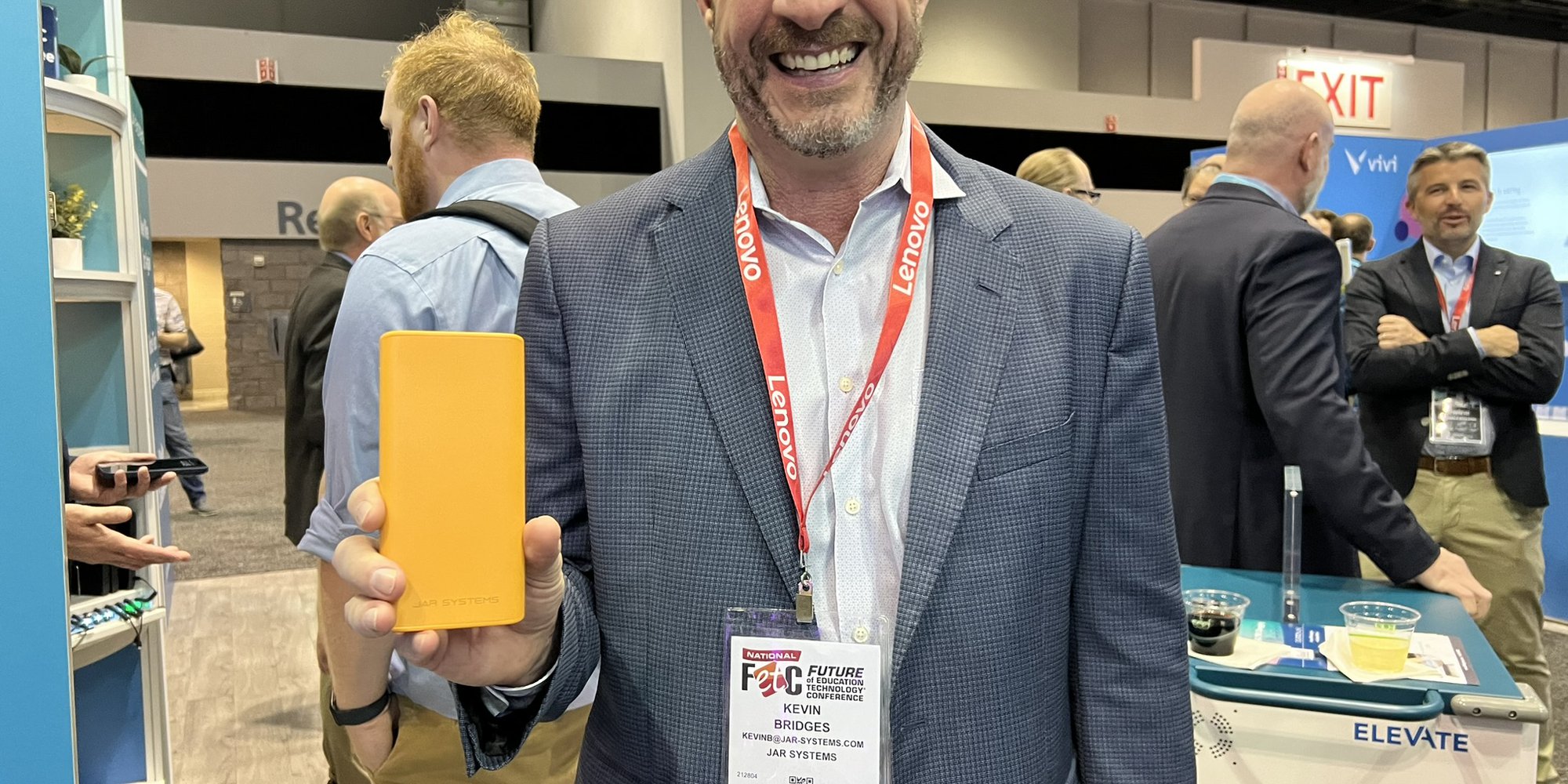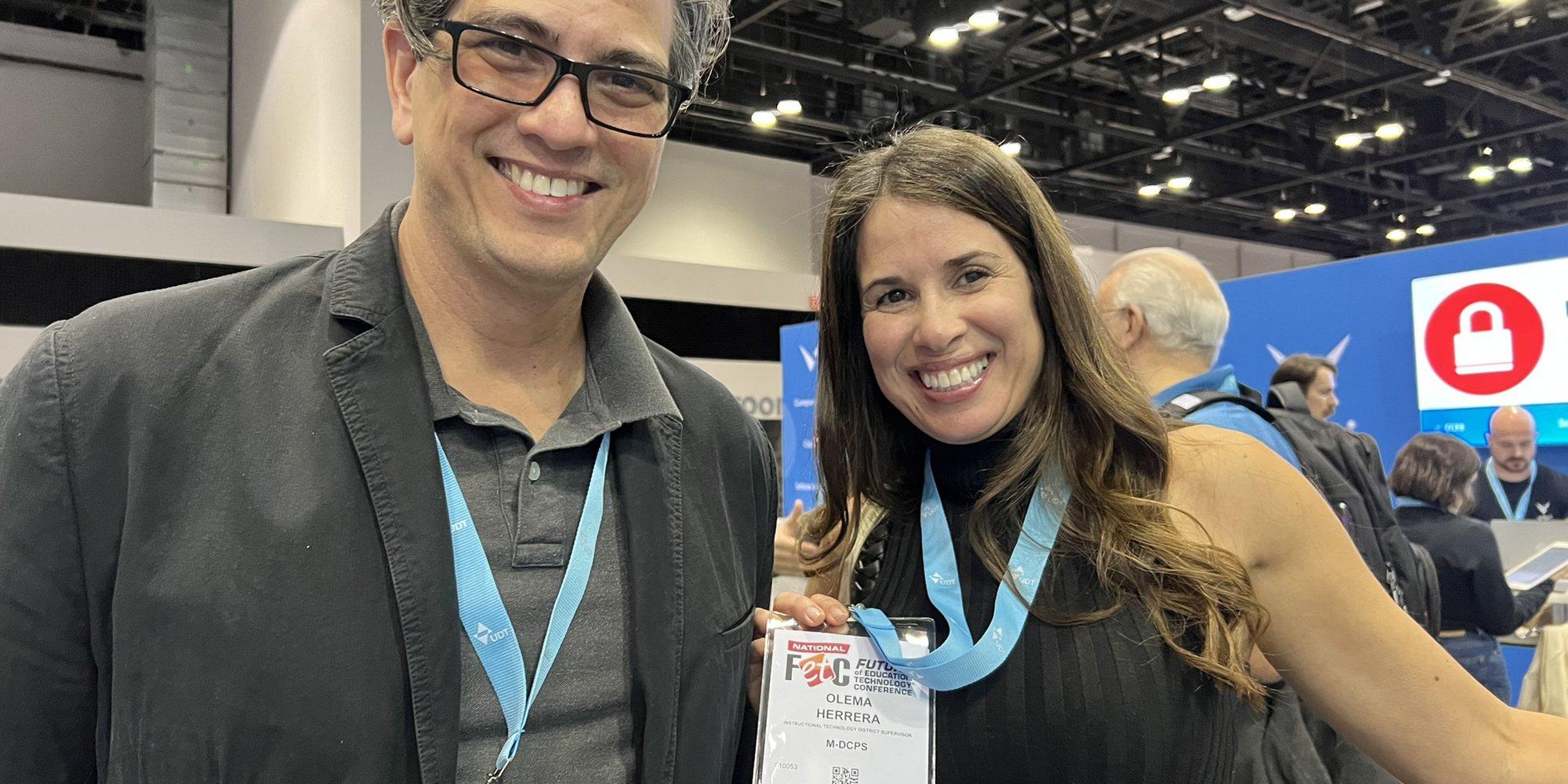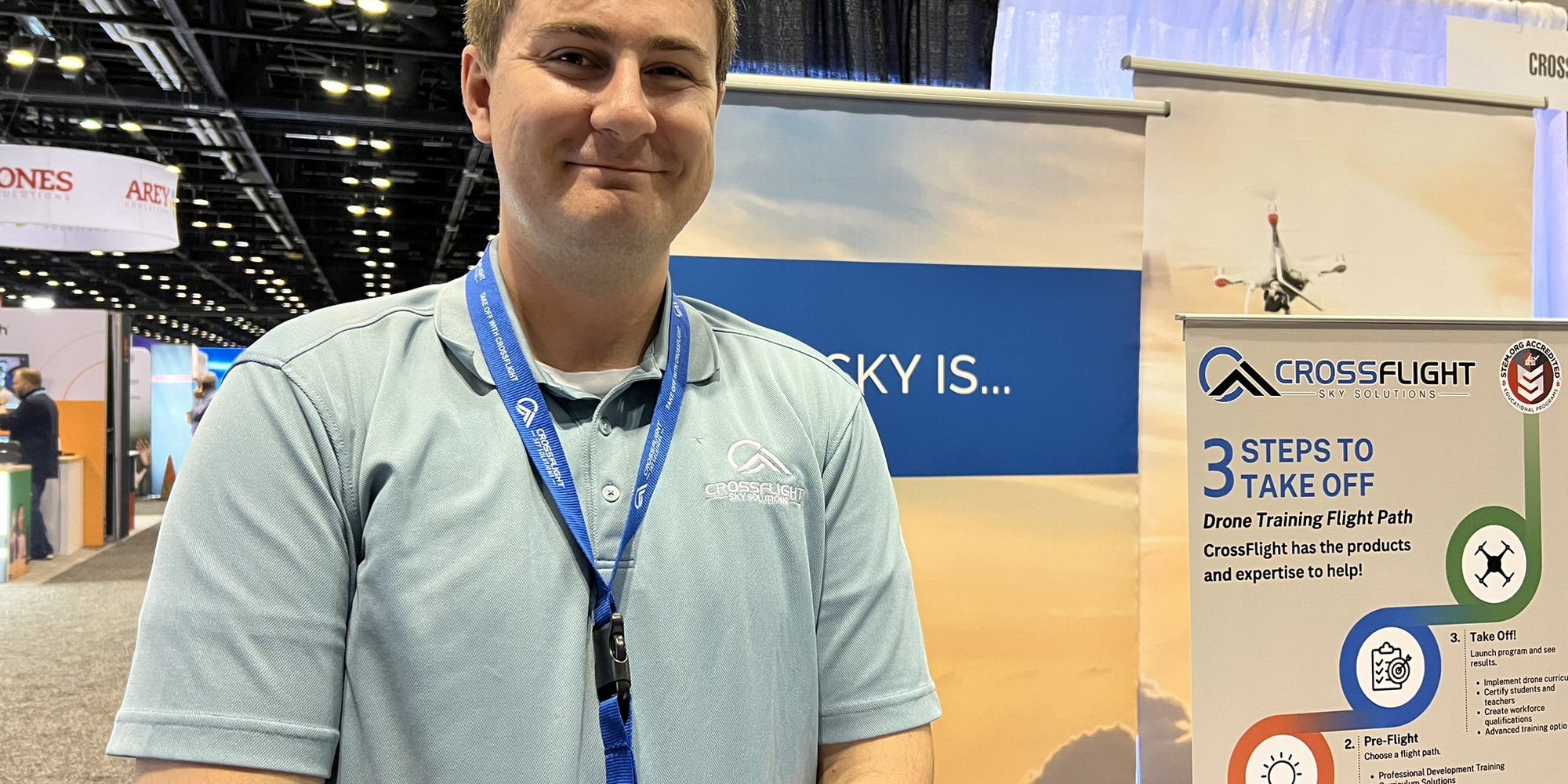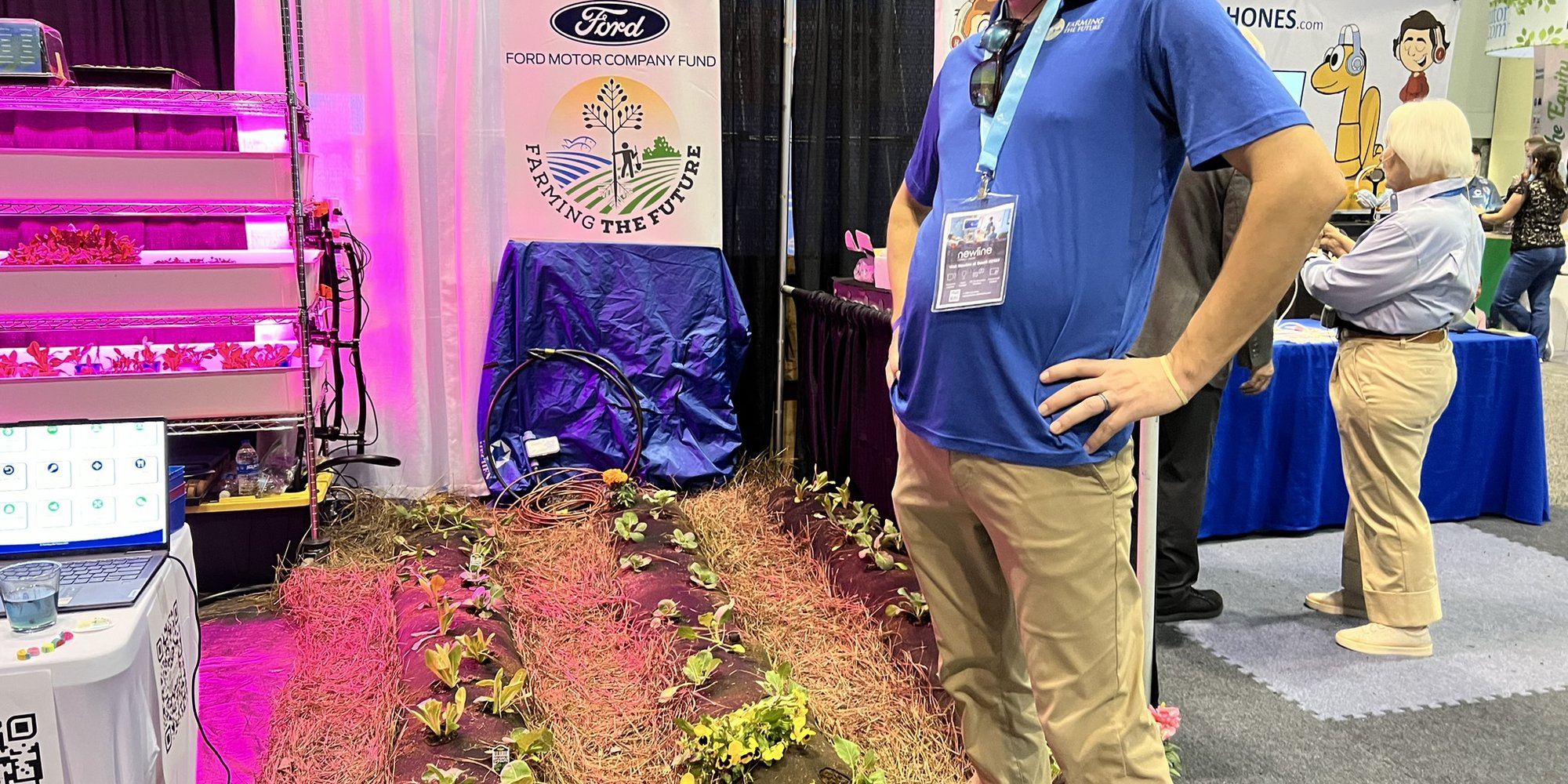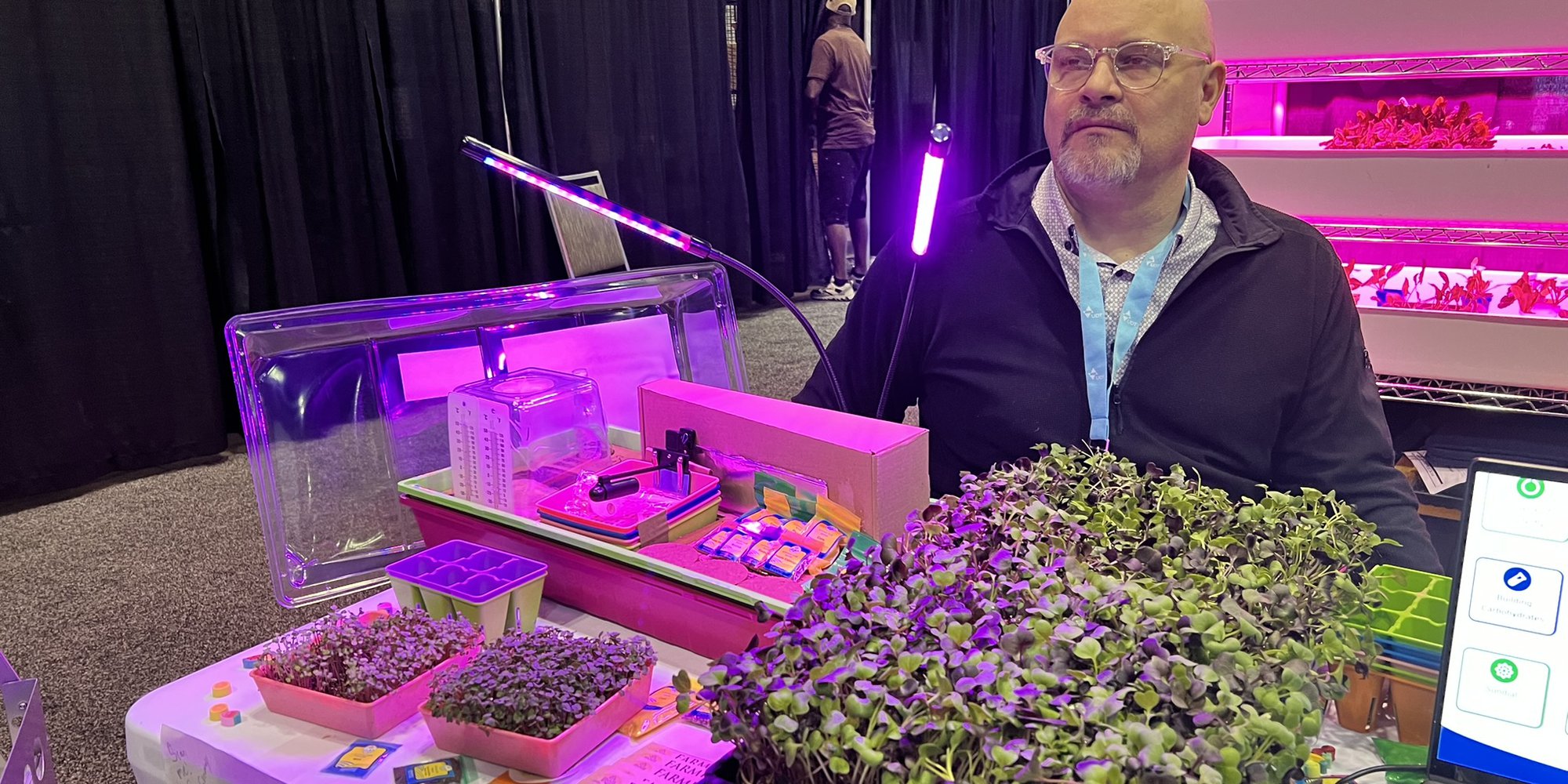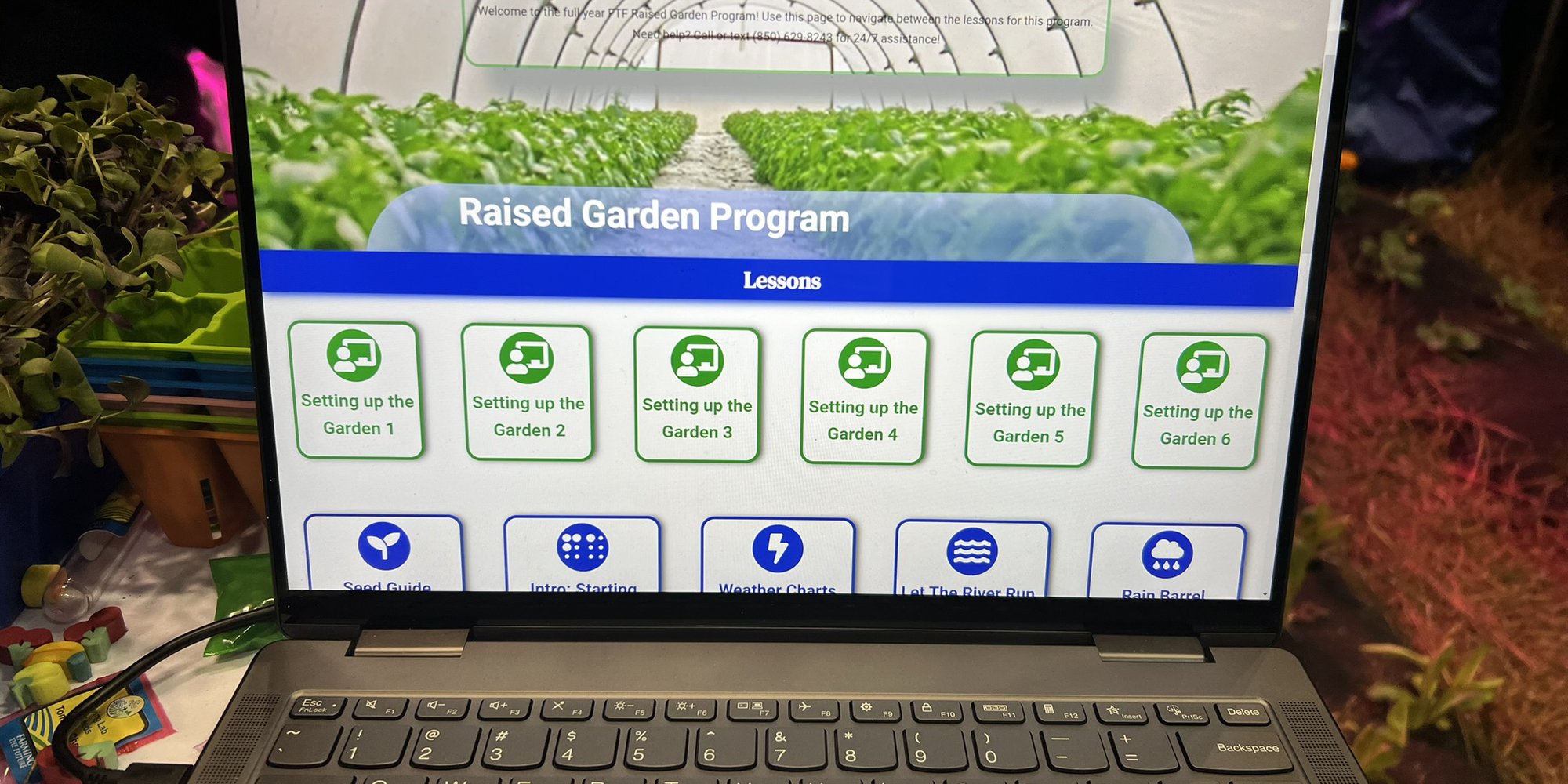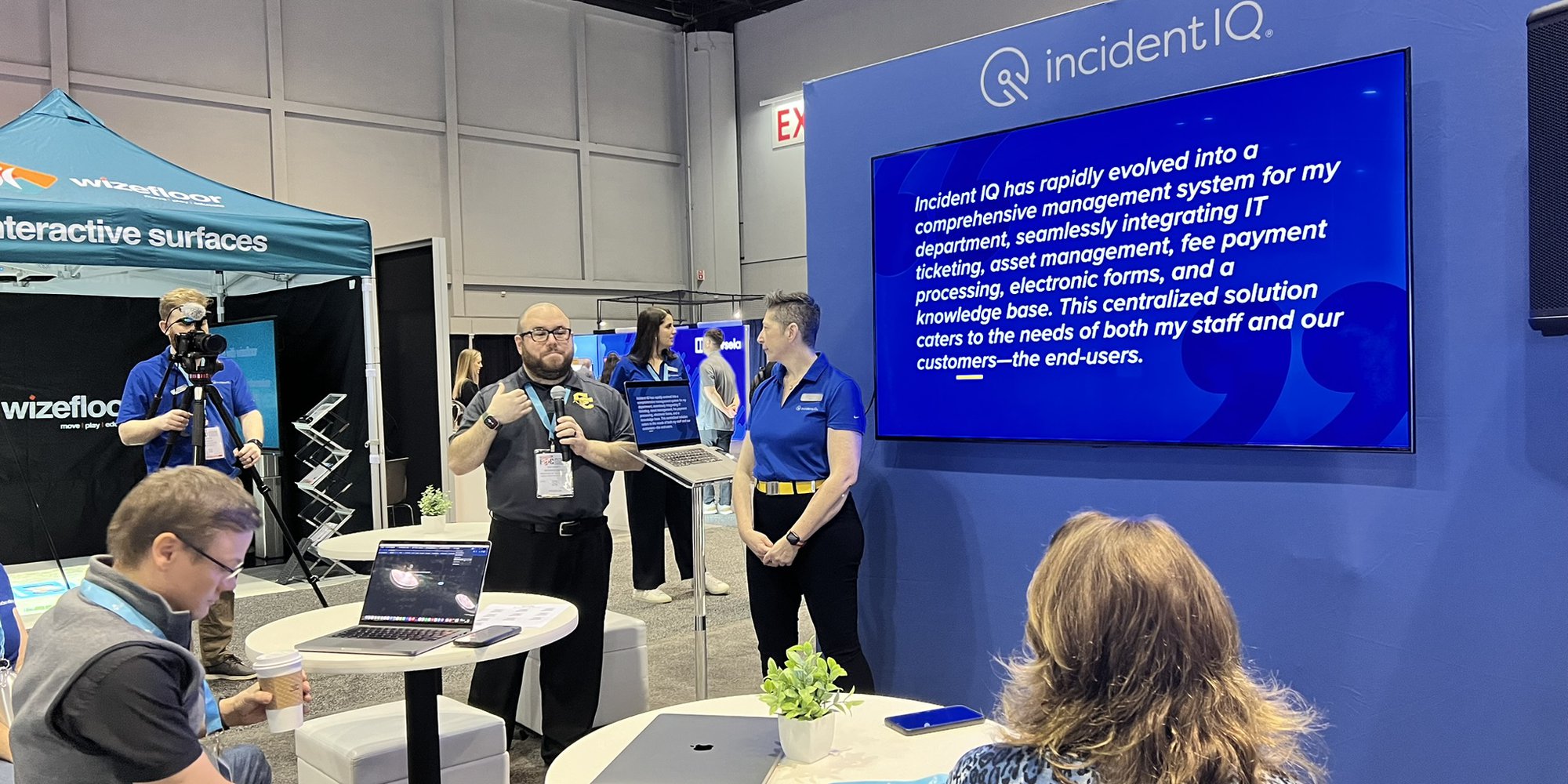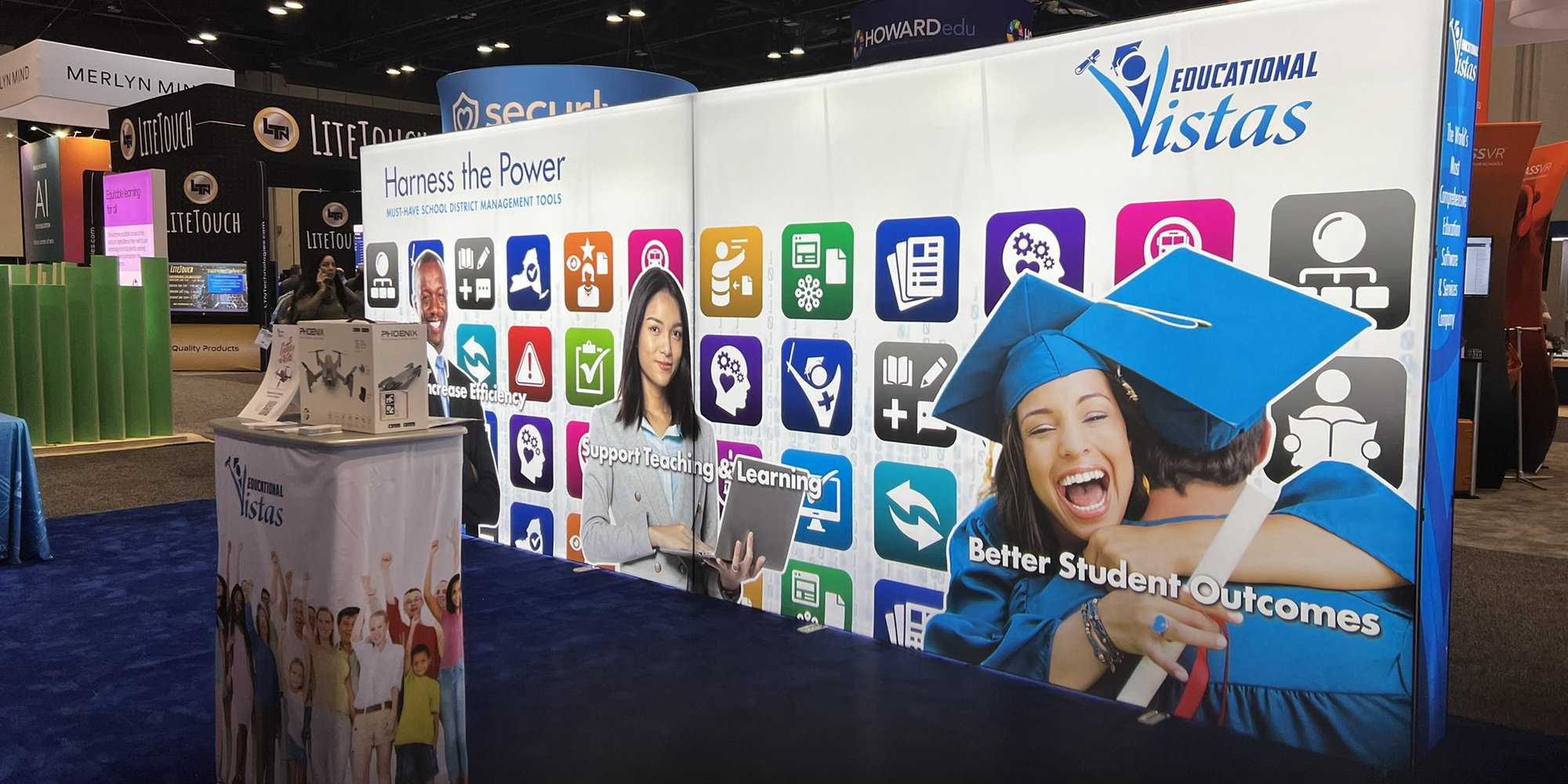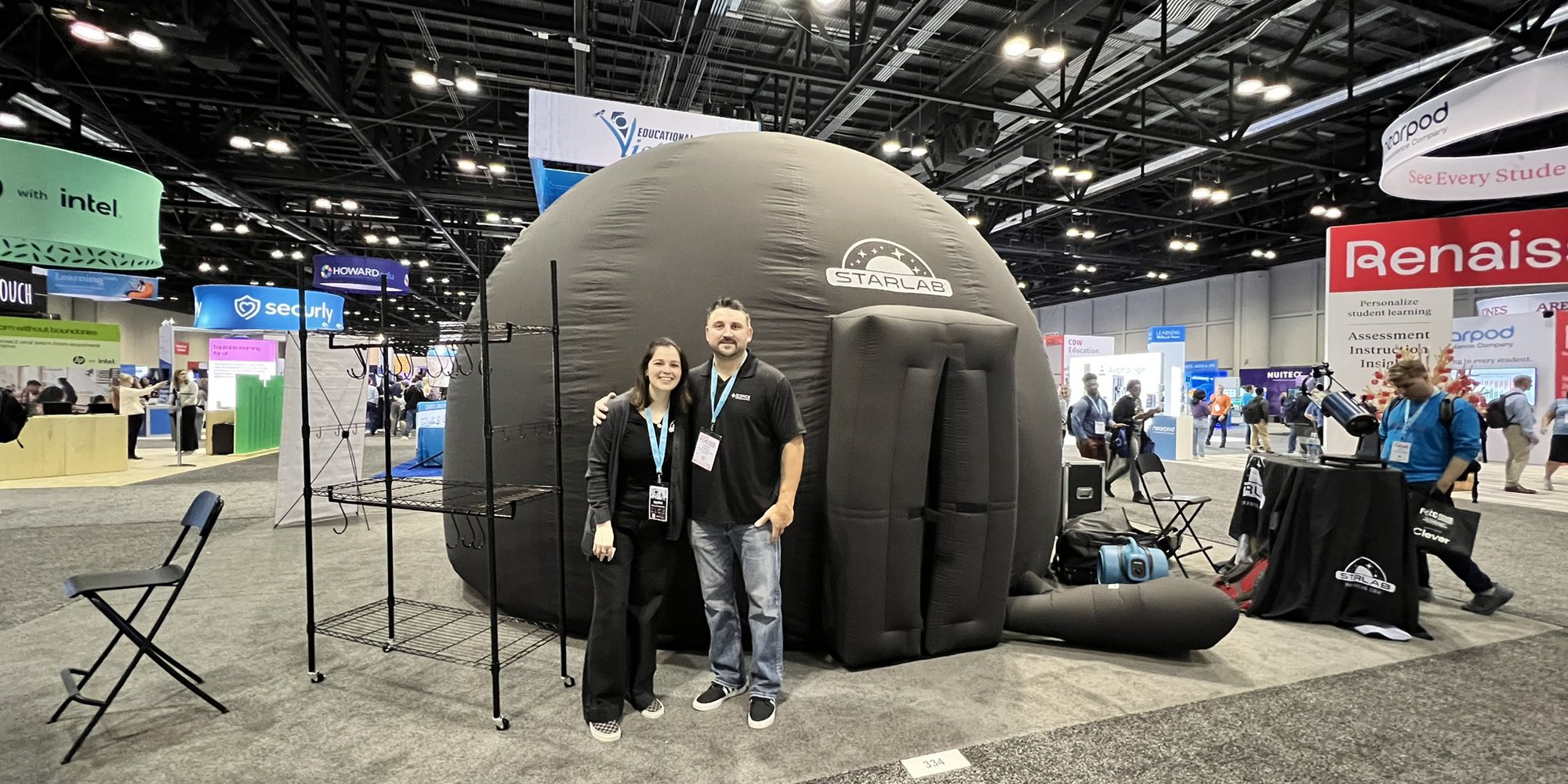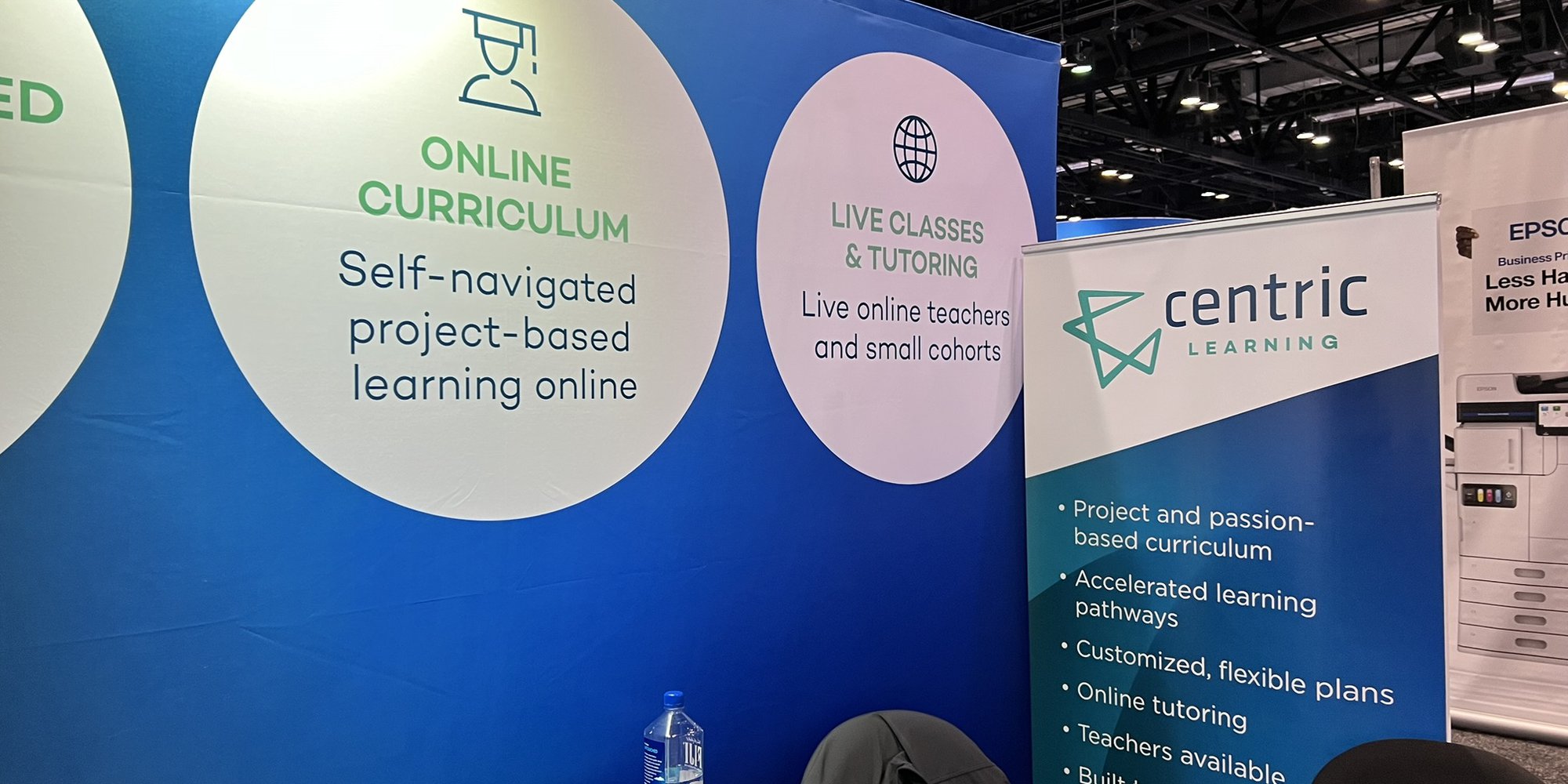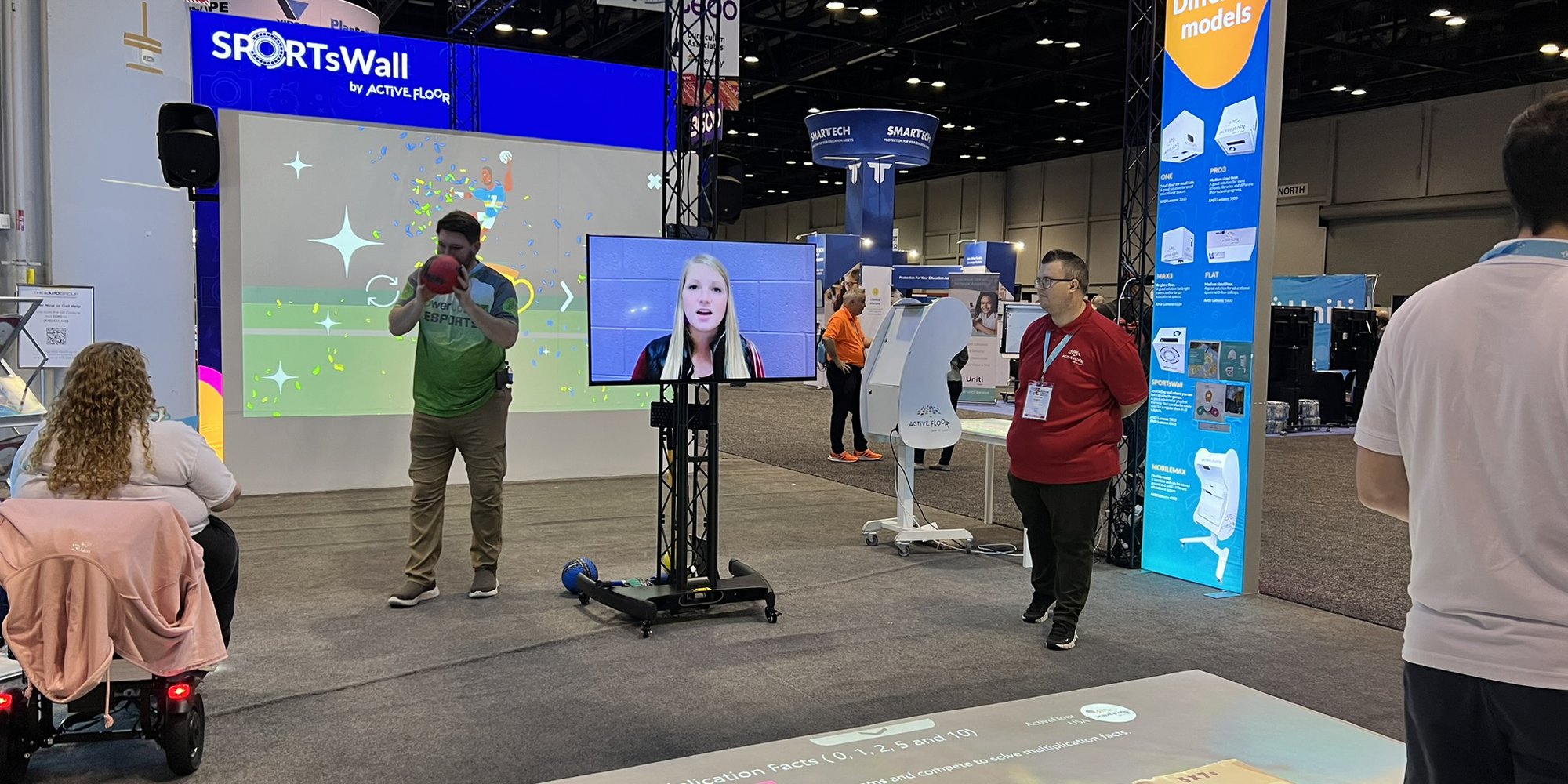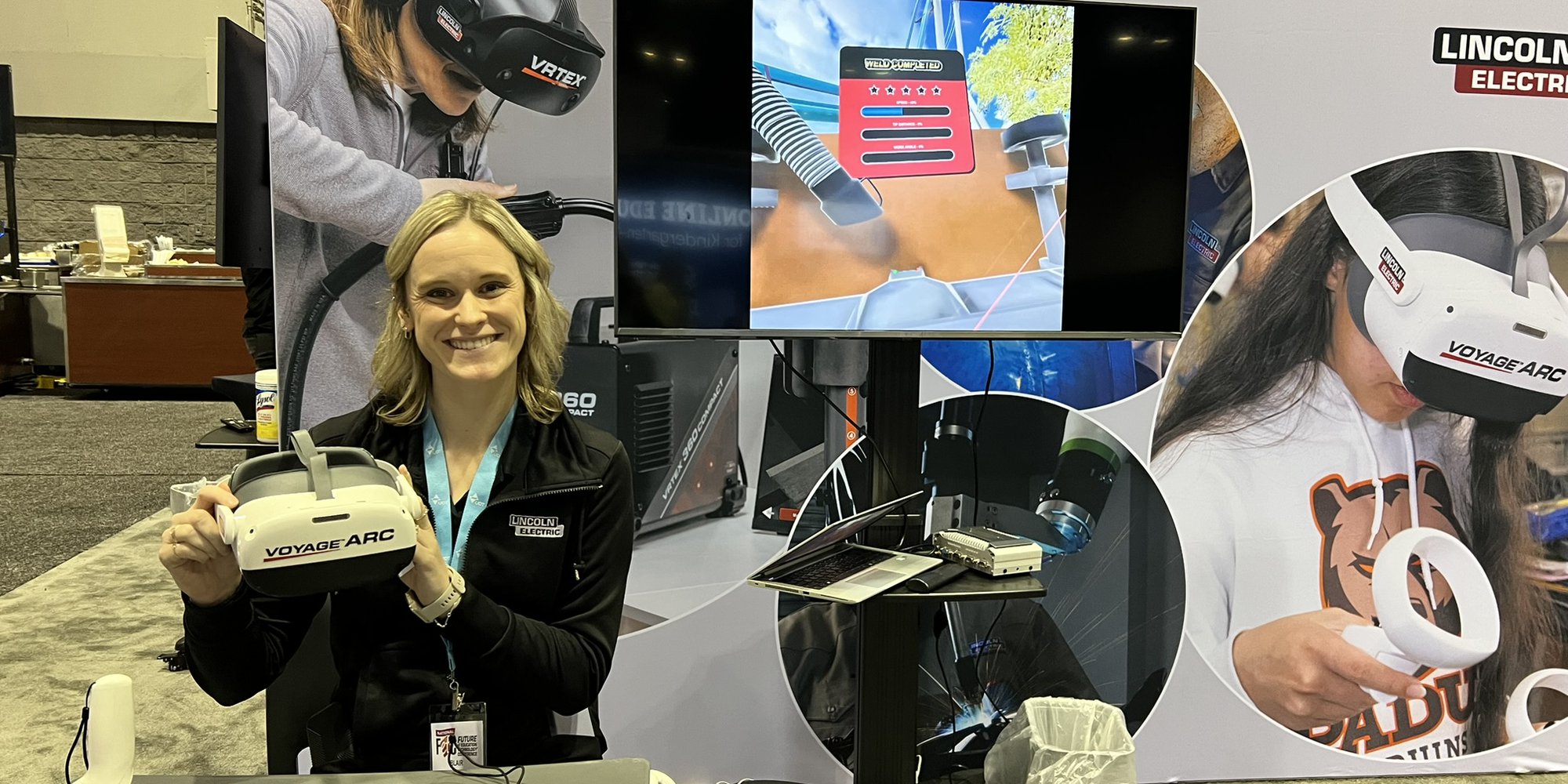Hi ya’ll! Legitimately now living in Arkansas, I have local permission to use ya’ll whenever I want. Being in the south first for the FETC event and then TCEA this Spring, I thought I’d catch Learning Counsel readers up on the big takeaways as I finally sit down to write about it them both.
High RPMS & Floor Interactives
First, FETC kicked off one of their keynotes with a local high school marching band from. Awesome! The performance made me realize K-12 students are at a high “rev” rate, living with and easily emanating energy levels that typically will well exceed the adults around them. Often this energy is barely discernible in the day’s activities of schooling. As I juxtaposed the audience of rather sedate adults with these delightful young people performing with high physicality, it struck me that schooling does not really use the high RPMs of youth in learning except possibly some physical education and sports. Nothing really tied back to other subjects. Why not? This is an exceedingly interesting question because there are plenty of ways that could be done. Everything from history portrayals in speed-type rounds to science-answer hopscotch, and figure-the-math obstacle courses like distance-jumped, items thrown and calculating mass of objects correctly in order to pass them while always in motion.
Parents would be very grateful for kids that easily went to bed on time.
One of several companies at the show was providing a technology with curriculum -- Active Floor. We chatted with Sally Blank, a Channel Manager at this company and learned the pricing models aren’t all that high and definitely worth it if you want to engage students with learning physically.
We also chatted with Ryan Osborne, CEO of Osbornetech.com who was showcasing the Wizefloor Models of floor interactives. Their projection technology for kinesthetic learning allows teachers to easily create their own content with text, images, sound and videos with the app. It comes already loaded with activities designed to encourage teamwork and communication.
Key takeaway – let’s take “experiential learning” to the level of physicality. Anyone who ups their game with this notion, let us know how you did!
Interest in Uberizing Learning
I held a roundtable on the Hybrid Logistics Project with Mary Schlegelmilch of Cisco for interested schools and districts. Good discussion on the prospect of a metamorphosis of schooling using a centrepin of spatial-temporal AI. The prospect of shifting to all pace-based learning that coincidentally changes how space and time are used of course also has big impacts on the network and all other edtech.
The vision could be small steps of change or a huge shift. The point was that with the epic teacher shortage, coincident expectations of truly personalized learning and equity, all point to a change in structure, not just new programs and goals.
David Hinricks, the Director of Digital Platforms & Pedagogy from Johnston County Public Schools, N.C. excitedly said “It’s like HAL 9000!” a reference to a fictional artificial intelligence character known as HAL featured in Arthur C. Clarke's Space Odyssey. I took it as encouraging for the AI we were discussing, but later I discovered HAL in the movie turned out to be unable to resolve a conflict between his general mission to relay information accurately, and orders specific to the mission from the government to keep certain information secret, resulting in HAL deciding to kill the crewmen on the space ship so he could be true to both orders because the humans couldn’t find out if they were dead, so there’s that. If we had talked more and had I remembered the movie better, I would have pointed out that it was all the government’s fault in the movie…so, again, there’s that. Overall Hinricks and others’ comments indicated a real enthusiasm for the idea of a holistic transformation of time and space and what that could do to benefit learning but also greatly relieve teachers, how easily schools run administratively, and just the equity that’s created when the 250-year-old manufacturing whole-group patterned system changes to one that is entirely personalized.
Key takeaway – the market is exploring transformation that goes well beyond all those that have gone before with a whole schooling structure change to be in sync with our present culture and needs of students using various forms of AI.
Trades are the Thing
Lots of new technologies at FETC were amazing, but the ones that seem the most on-trend were the companies presenting packages of both software and what can only be called “realware” for implementation. You heard it here first, folks. “Realware” is the new term for the hands-on stuff of learning trades of various kinds.
One is gardening and teaching young folks about growing food. According to Damon Carr, the VP Sales and Marketing of Farming the Future, their company ships out full kids including the dirt, containers, seeds and the software to teach a whole curriculum while the plants grow.
Paula Duman of Crossflight Sky Solutions is part of a company that offers drone pilot licensing courses and drones.
Blair Vrcan, the Education Business Manager from The Lincoln Electric Company introduced us to a new welding curriculum that provides the welding courses, AR/VR welding equipment and training so that students can learn welding without anyone getting hurt or your school’s insurance policy suddenly spiking.
While not exactly a trade, we also met Andrew German of Starlab, a blow-up plantetarium. Inside of it the projection creates a full experience for students to learn about space. This could very well fit into trades since we have many companies putting satellites into space and going to the moon, Mars and soon much more. This generation’s familiarity with space and desire to explore it will definitely help them find employment if you use Starlab’s blow-up to entice them to learn their math, science and other skills.
Key takeaways – it’s time to get into the Trades in a whole new way, an experiential way through technology.
***


